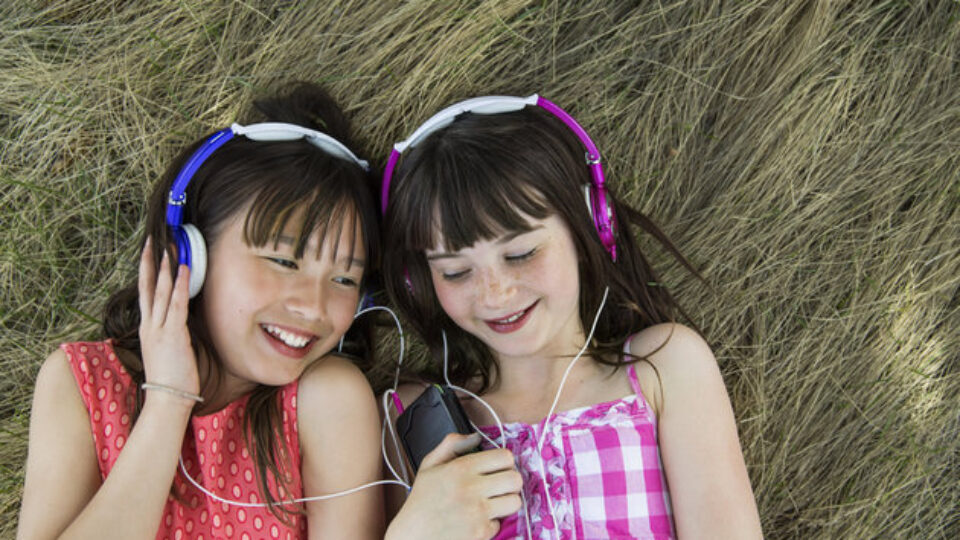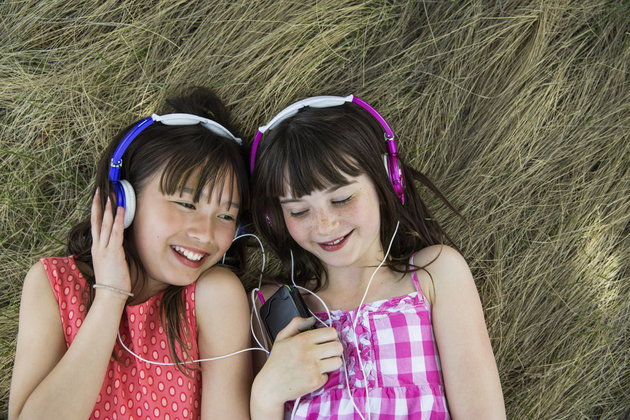
01 May2016

share



Intentionally practicing kindness in our everyday lives, even on days when we’re not in a particularly generous mood, can go a long way toward turning kindness into a habit. That’s largely because of the way kindness breeds happiness: The good feelings serve to reinforce our kind acts and make us more likely to want to perform them in the future.
Practicing Random Acts of Kindness is a good place to start. This practice involves performing five acts of kindness in one day and then writing about the experience. They can be anything from bringing a meal to a sick friend to giving up your seat on the bus to donating blood to buying a coffee for the person in line behind you at a cafe. For ideas, consider acts of kindness that you’ve witnessed or received in the past, and check out this Buzzfeed list of 101 suggestions. Random acts of kindness not only lift our spirits in the moment; they also have the potential to alter the way we feel about ourselves and increase healthy forms of self-esteem.
Research suggests that not all acts of kindness are created equal, however. Many factors can influence whether and how these acts bring us psychological benefits. The Making Giving Feel Good practice outlines three strategies that can maximize the positive effects of generosity.
The first strategy is to make giving a choice. Research suggests that when we feel obligated to give—such as when we feel cornered by an aggressive request—we are less likely to enjoy it. It’s important to give yourself the option to say no, and to give others the same option when requesting help. The second strategy is to make a connection with the recipient of your kindness—for example by taking a colleague out to lunch rather than just giving a gift certificate. The third strategy is to take the initiative to learn about the impact of your generosity, which can elicit contagious feelings of joy. For example, see this video of a bone marrow donor meeting the little girl whose life he saved.